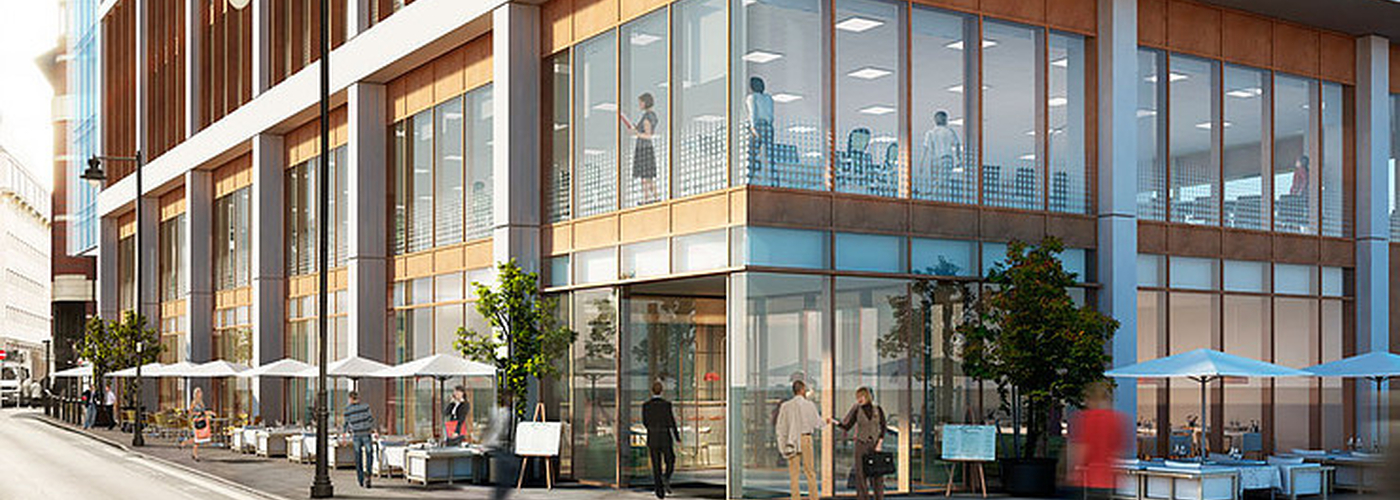It's been a relatively quiet February - still the number of schemes under construction grows
After the busiest January on record, the Manchester property sector has just witnessed the quietest February since 2015 for new planning applications. However, the number of schemes under construction continues to shoot up.
Over the past few years, February has always been the record-breaking month for new planning application registrations. In 2017, February saw 21 planning applications validated. February 2016 and 2018 both saw fifteen. February 2019, however, saw just seven new planning applications validated - the lowest number since 2015, which saw four.
If this trend continues, it could point to a slow down in Manchester's property boom, indicating the city may have reached peak development, for now.
The total number of new homes under construction across the city is now 18,761
However, February saw Manchester reach another new construction record: 125 sites are now under construction across the city. 94 of those are residential, nineteen are commercial/office, eight hotels and four student accommodation schemes.
Seven new schemes started on site in February: four residential, two commercial/office and one student development. There have also been a record number of schemes entering the groundworks phase - the stage before construction - during the first two months of 2019.
This all indicates that the city's construction potential has a lot more steam left yet, even if things may be starting to dry up at the other side of the planning process.
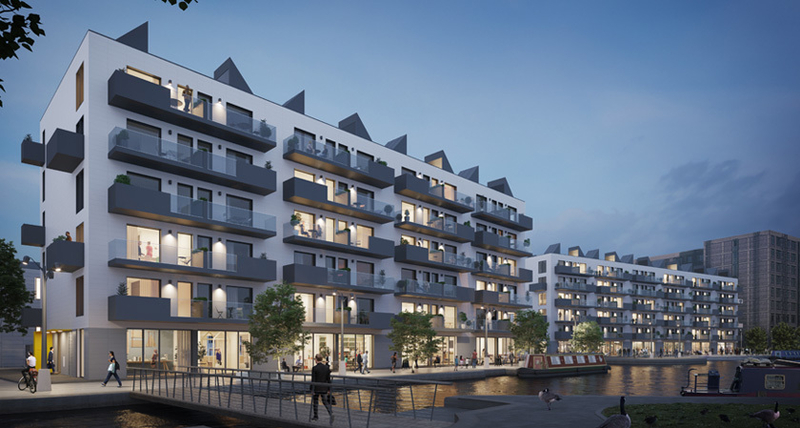
Residential
Of those seven schemes which went in for full planning in February, six of them were for residential developments, equating to 418 new homes across the city.
New residential developments are noticeably starting to push outside the city centre boundary. In New Islington, Urban Splash submitted two planning applications for a total of 189 new apartments and townhouses. Eighteen townhouses will be built at Stubbs Mews, while on the other side of Carruthers Street a further seventeen townhouses - designed by Shedkm - are proposed along Piercy Street.
Further into New Islington, on the marina, Urban Splash and Shedkm submitted an application for 154 new homes (120 apartments, 34 townhouses). The apartments will be built as part of Urban Splash's 'Mansion House' concept - with flats built above ground floor waterfront retail/restaurant units.
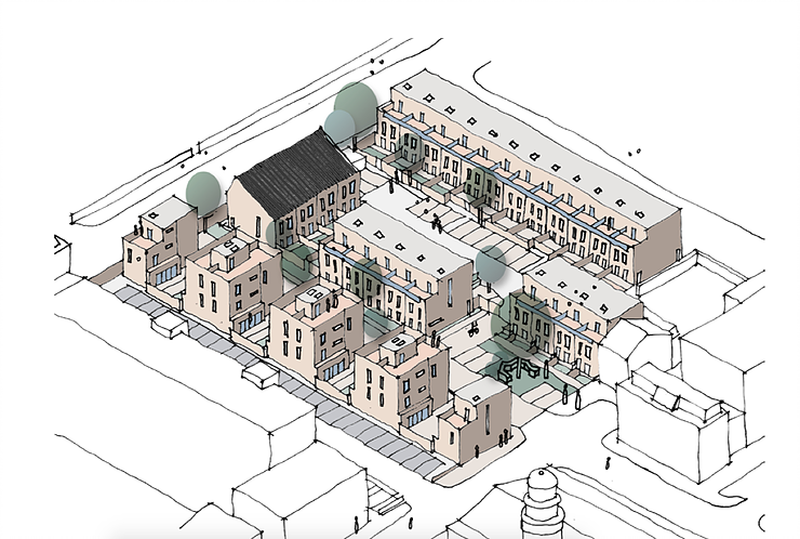
Continuing with proposals for new townhouses, English Cities Fund have decided to further roll out their successful townhouse concept. First seen at award-winning Timekeepers Square, a similar townhouse development - also designed by Buttress - is now proposed at Adelphi Street, on a site to the south of Cleminson Street. 33 three-storey homes are proposed.
Also in Salford, Countryside Living submitted a planning application for the latest phase of the redevelopment of Charlestown. The Seaford Road site will contain 136 new family homes when complete. Meanwhile, nearby, an outline planning application was submitted by Connell Property Partnership - working with Avison Young - for a large development of nearly 470 new homes on former industrial land off Orchard Street.
Finally, in the Northern Quarter, a refreshed planning application was submitted by Salboy and Euan Kellie at Back Turner Street. This time, the heritage structures on site are due to be retained with two new builds built either side: a six storey building addresses High Street while a landmark seventeen storey tower is proposed for Shudehill.
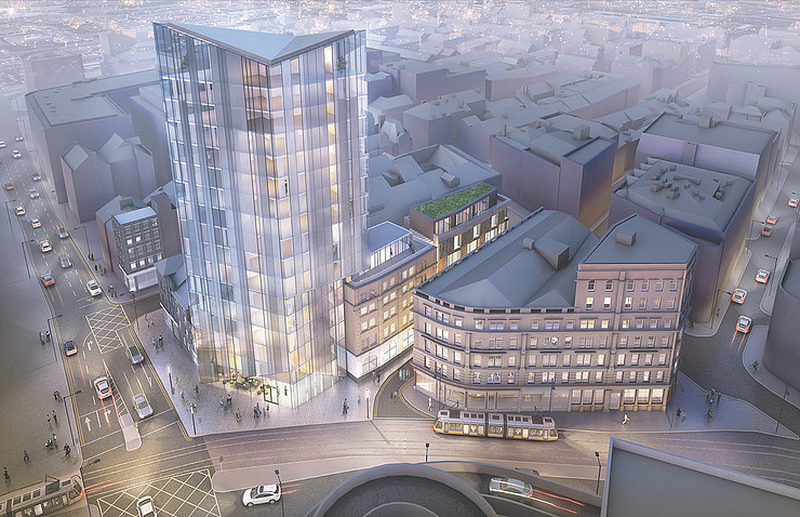
February saw 655 new homes approved across two schemes. The first, at Swan Street in the city centre, was for a 30-storey tower designed by Simpson-Haugh, being brought forward by Cable Swan Ltd. It will contain 358 apartments for the Build-to-Rent sector, above ground floor retail units. Meanwhile, Trafford Council approved planning for 282 new apartments and townhouses at the former Itron site in Stretford - being developed by Miller Homes. Both schemes are due for completion in 2022.
438 homes started construction in Manchester in February, taking the total under construction across the city to 18,761. 6,659 of these are under construction in the city centre; 8,422 in Salford; 1,143 in Ancoats/New Islington; and 2,204 in south Manchester. The rest are scattered elsewhere. The largest scheme to start construction in February was Affinity Living Riverview, which was initially granted planning permission in 2016. Now under a new contractor, the 35-storey tower is due for completion in 2022.
Commercial
Manchester's commercial sector continues to see signs of growth, with some developers flipping their schemes from residential to commercial amidst fear that the residential market in the city is beginning to peak.
1.95 million sq ft of office space is now under construction in the city, compared to 1.3 million this time last year. This is despite 300,000 sq ft of office space having completed construction in the same time. Almost all office space under construction in Manchester is in the city centre, although January 2019 saw 200,000 sq ft of office space start construction at Citylabs on Oxford Road, near Whitworth Park.
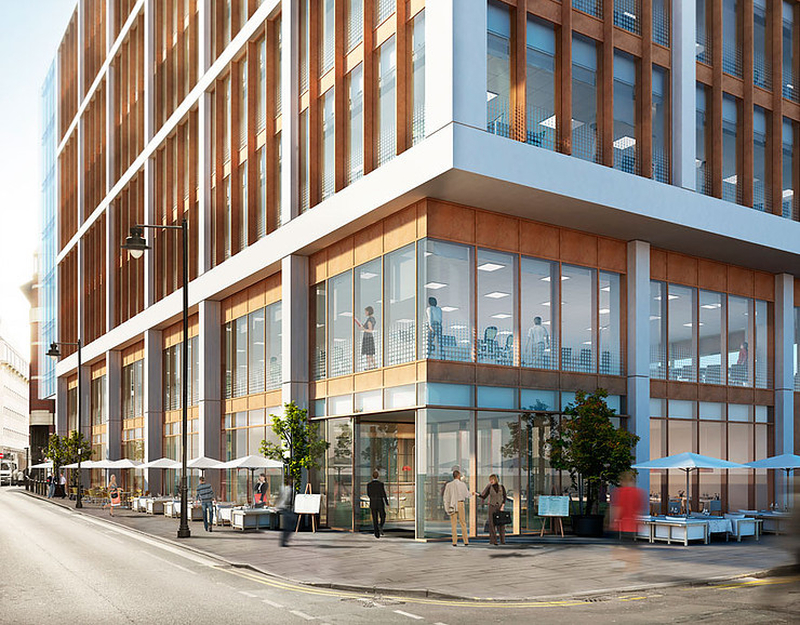
February saw construction start on two office schemes in Manchester. In Salford, English Cities Fund started on site at the 157,000 sq ft Three New Bailey, which will be HMRC's new home when it completes in 2021.
Meanwhile, Aberdeen Asset Management finally started construction at 11 York Street. Originally gaining planning approval in 2015, site clearance involved the removal of a 1960s concrete block. The new scheme, totalling 80,000 sq ft and designed by architects AHR, will be eight storeys in height.
Article published in association with Ed Howe of UrbInfo Manchester





